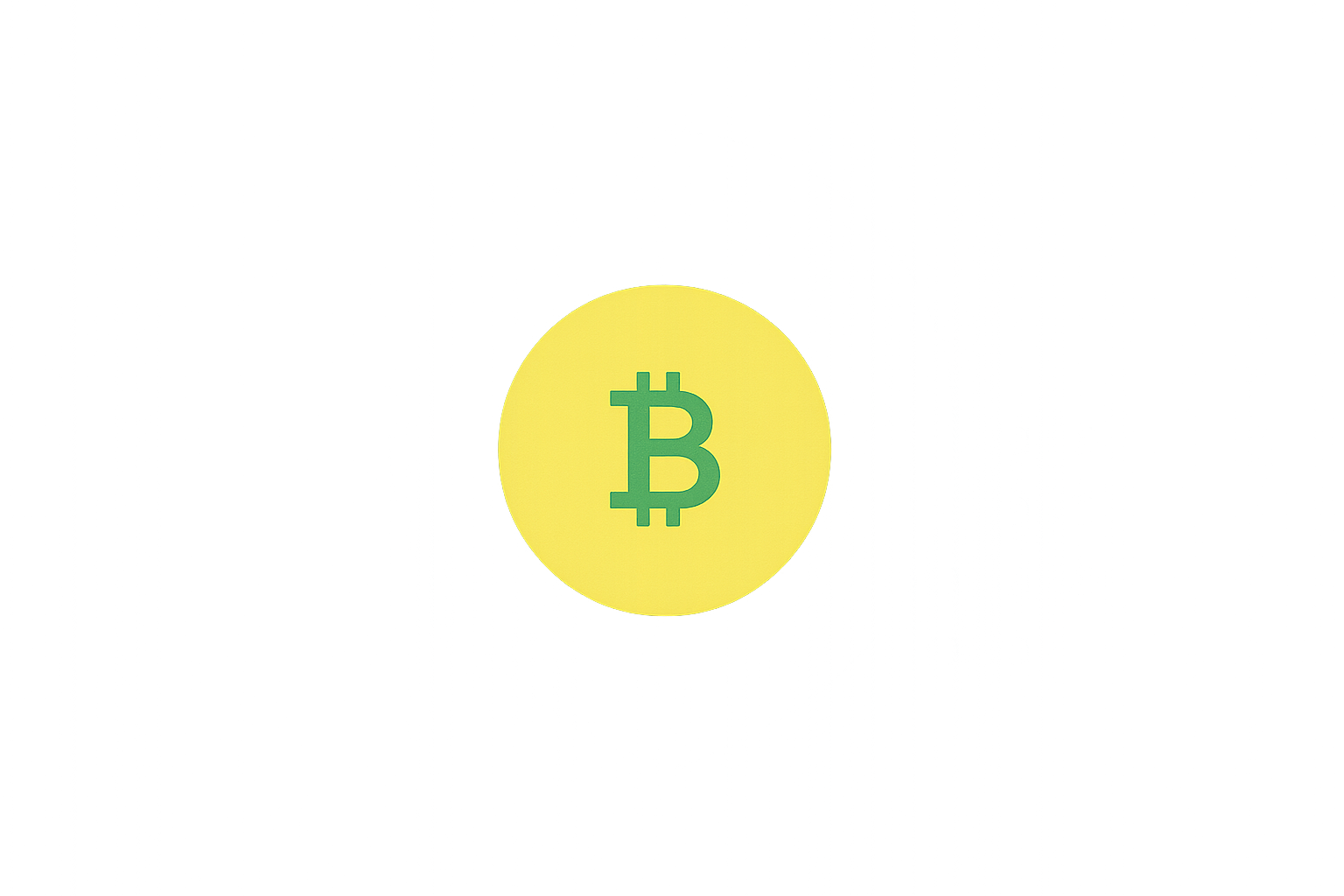USDe Açıklandı: Ethena'nın Stabilcoin'i Fiat Olmadan Nasıl Sabit Kalıyor


Devrim Niteliğindeki USDe: Fiat Kısıtlamalarından Kurtulmak
USDe, Ethena'nın çığır açan algoritmik stabilcoin'i, kripto para manzarasında dönüştürücü bir güç olarak ortaya çıkmıştır. Fiat para rezervlerine dayanmak yerine, USDe, ABD dolarına olan sabitliğini korumak için yenilikçi bir algoritmik stabilcoin mekanizması kullanmaktadır. Bu yaklaşım, geleneksel modelden önemli bir ayrılmayı temsil ederek, daha merkeziyetsiz ve potansiyel olarak daha dayanıklı bir çözüm sunmaktadır.
USDe'nin istikrarının temel prensibi, piyasa talebine göre arzı ayarlama yeteneğindedir; bu, karmaşık akıllı sözleşmeler ve ekonomik teşvikler kullanılarak gerçekleştirilir. Bu dinamik arz mekanizması, USDe'nin piyasa dalgalanmalarına geleneksel destek varlıklarına ihtiyaç duymadan yanıt vermesini sağlar. Sonuç olarak, USDe kuruluşundan bu yana dikkate değer bir istikrar göstermiştir ve hem kripto para meraklılarının hem de DeFi yatırımcılarının ilgisini çekmiştir.
USDe'nin tasarımının temel avantajlarından biri, fiat rezervlerinin merkezi saklayıcılarıyla ilişkili karşı taraf riskini azaltma potansiyelidir. Geleneksel banka ilişkilerine olan ihtiyacı ortadan kaldırarak, USDe daha şeffaf ve özerk bir çözüm sunar. Bu yaklaşım, daha geniş kripto para hareketini destekleyen merkeziyetsizlik ethosuyla yakından uyumludur ve USDe'yi gerçek finansal egemenlik arayanlar için cazip bir seçenek haline getirir.
Ethena’nın Algoritmik Sihri: Peg’i Koruma
USDe’nin istikrarının merkezinde Ethena’nın özel algoritmik stablecoin mekanizması bulunuyor. Bu karmaşık sistem, USDe’nin ABD doları ile olan sabitliğini sağlamak için akıllı sözleşmeler, oracle’lar ve ekonomik teşviklerin bir kombinasyonunu kullanır. Mekanizma, piyasa koşullarını sürekli izleyerek USDe token’larının arzını buna göre ayarlar ve arz ve talep dinamiklerine yanıt veren kendi kendini düzenleyen bir ekosistem yaratır.
Bu sistemin ana bileşenlerinden biri, Ethereum cinsinden ifade edilen teminatlı borç pozisyonlarının (CDP'ler) kullanımıdır. Kullanıcılar, kendi ETHteminat olarak yeni USDe tokenleri mintlemek için, sistemin piyasa dalgalanmasına dayalı olarak teminat oranlarını otomatik olarak ayarlamasıyla. Bu dinamik teminat yaklaşımı, USDe'nin aşırı piyasa dalgalanması dönemlerinde bile istikrarını korumasına yardımcı olur.
Daha fazla istikrar sağlamak için Ethena, çok katmanlı bir risk yönetim sistemi uygulamıştır. Bu, otomatik tasfiye mekanizmalarını, istikrar ücretlerini ve token sahiplerinin protokolü etkileyen önemli kararlara katılmasına olanak tanıyan merkeziyetsiz bir yönetişim yapısını içerir. Bu özelliklerin birleşimi, USDe'nin önemli piyasa dalgalanmalarına rağmen değerini koruma konusundaki etkileyici geçmişine katkıda bulunmuştur.
| Özellik | Geleneksel Stabilcoinler | USDe |
|---|---|---|
| Destek | Fiat rezervleri | Algoritmik mekanizma |
| Merkezileşme | Merkezi saklayıcılar | Merkeziyetsiz protokol |
| Şeffaflık | Sınırlı | Tam zincir üzeri şeffaflık |
| Ölçeklenebilirlik | Rezervlerle sınırlı | Potansiyel olarak sınırsız |
| Regülatif Risk | Yüksek | Daha düşük |
Web3 Finansal Yenilik: USDe’nin DeFi Manzarasındaki Etkisi
USDe'nin tanıtımı, DeFi ekosisteminde bir yenilik dalgasını tetikledi. Teminatsız bir stablecoin çözümü olarak, USDe merkeziyetsiz kredi verme, borç alma ve ticaret platformları için yeni olanaklar açtı. Eşsiz özellikleri, artık geleneksel fiat destekli stablecoin'lerle ilişkilendirilen karşı taraf riskleri olmadan istikrarlı getiriler elde edebilen likidite sağlayıcıları ve getiri çiftçileri için onu cazip bir seçenek haline getirdi.
USDe'nin çeşitli DeFi protokollerine entegrasyonu, yeni finansal ürün ve hizmetlerin yaratılmasına yol açmıştır. Örneğin, bazı platformlar, kullanıcıların kripto para ekosistemini terk etmeden geleneksel finansal araçlara erişim sağlamasına olanak tanıyan USDe tabanlı sentetik varlıklar geliştirmiştir. Bu, geleneksel finans ile Web3 dünyası arasındaki boşluğu etkili bir şekilde kapatarak DeFi katılımcılarına sunulan yatırım seçeneklerini genişletmiştir.
USDe'nin başarısı, diğer projelerin benzer algoritmik stabilcoin modellerini keşfetmesi için ilham verdi, sağlıklı rekabeti teşvik etti ve alandaki yeniliği daha da ileriye taşıdı. Bu durum, DeFi ekosisteminin genel olgunlaşmasına katkıda bulundu, kurumsal ilgiyi çekti ve merkeziyetsiz finans hizmetlerinin daha geniş çapta benimsenmesine zemin hazırladı.
Teminatsız İstikrar: USDe’nin Teknolojik Atılımı
USDe'nin teminatsız yaklaşımı, stabilcoin tasarımı alanında önemli bir teknolojik atılımı temsil etmektedir. Gelişmiş kriptografik teknikler ve ekonomik oyun teorisini kullanarak, Ethena geleneksel teminat veya fiat rezervlere bağımlı olmadan sabitliğini sürdürebilen bir stabilcoin oluşturmuştur. Bu yenilikçi yaklaşım, geleneksel stabilcoin modellerine göre birkaç avantaj sunmaktadır.
Öncelikle, USDe'nin teminatsız yapısı potansiyel olarak sınırsız ölçeklenebilirlik sağlar. Rezervlerin mevcutlığı ile sınırlı olan fiat destekli stablecoin'lerin aksine, USDe teorik olarak küresel talebi karşılamak için genişleyebilir ve aynı sınırlamalarla karşılaşmaz. Bu ölçeklenebilirlik, USDe'yi büyüyen DeFi ekosistemine hizmet etmek için iyi bir konuma getirirken, uzun vadede geleneksel finansal sistemlere meydan okuma potansiyeli de taşır.
İkinci olarak, USDe'nin tasarımı, fiat destekli stablecoin'lerle ilişkili düzenleyici riskleri önemli ölçüde azaltmaktadır. Geleneksel banka ilişkileri ve fiat saklama ihtiyacını ortadan kaldırarak, USDe daha merkeziyetsiz bir şekilde çalışmakta ve kripto paranın prensipleriyle yakın bir uyum sağlamaktadır. Bu yaklaşım, finansal gizliliği savunanlar ve devlet tarafından ihraç edilen para birimlerine alternatifler arayanlar tarafından desteklenmiştir.
USDe'nin arkasındaki teknolojik yenilikler, daha geniş kripto para topluluğunun dikkatinden kaçmadı. Birçok önde gelen borsa, dahil olmak üzere Gate, USDe'yi listeleme konusunda ilgi gösterdiler ve stabilcoin manzarasını yeniden şekillendirme potansiyelini tanıyorlar. Daha fazla kullanıcı ve platform USDe'yi benimsedikçe, geniş finansal ekosistem üzerindeki etkisinin artması bekleniyor ve bu da merkeziyetsiz, algoritmik para sistemlerinin yeni bir çağına zemin hazırlayabilir.

ENA Nedir: European Nucleotide Archive’a (Avrupa Nükleotit Arşivi) Kapsamlı Bir Rehber

USDE nedir: Amerika Birleşik Devletleri Eğitim Bakanlığı ve Amerikan Eğitim Sistemindeki Rolü

USDP nedir: ABD Doları mevduatlarıyla desteklenen stablecoin’in işleyişini anlamak

SUSD nedir: Stablecoin'in Merkeziyetsiz Finans'taki Rolünü Anlamak

ENA nedir ve 1,3 milyar dolarlık USDe ekosistemini nasıl destekler?

SLICE nedir: Yazılım Geliştirme Yaşam Döngüsü İyileştirme Yöntemi Hakkında Kapsamlı Bir Rehber

ERC-6551'yı Anlamak: Token Bound Hesaplara Kapsamlı Bir Rehber

2024'ün En İyi NFT Koleksiyonlarını Keşfedin

Anlık Kredilerde Uzmanlaşmak: Adım Adım DeFi Borçlanma Rehberi

Token Lansman Tarihi: Airdrop Talepleri ve Gelecekteki Fiyat Projeksiyonları Hakkında Kapsamlı Rehber

Kripto varlıklarınızı güvence altına almak için özel anahtarları anlamak: Güvenlik önerileri





